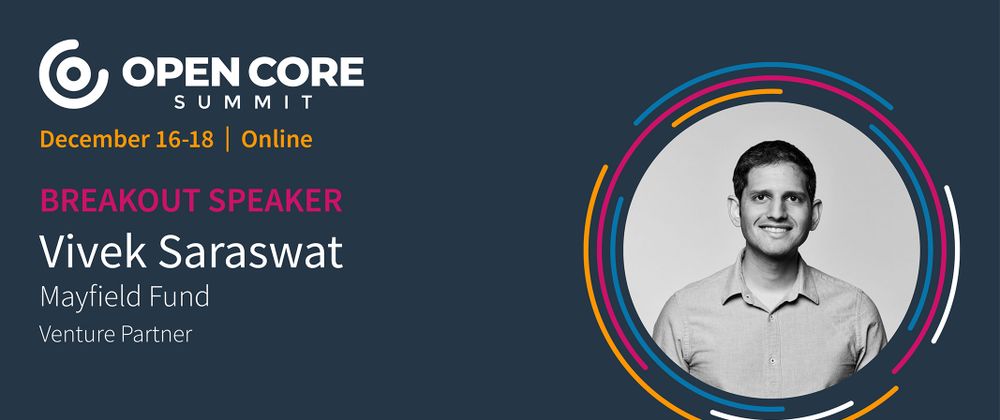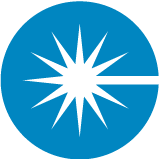Vivek Saraswat is an early-stage venture investor at Mayfield and experienced product leader in enterprise software. He is a board member of DEV Community and Zettabytes, and has advised on product and go-to-market strategy with portfolio companies like Rancher, Volterra, Swiftstack, and Hashicorp. Previously, Vivek launched Docker's primary enterprise open-core product and steered it through advancements in container orchestration, networking, storage, and security. He also managed open-source and commercial storage products at VMware and AWS. Vivek received his BS and MS in engineering and MBA from Stanford University.
Relevant Links
LinkedIn - Twitter
A framework for assessing go-to-market as part of the product-building process, with examples from Hashicorp, Rancher, Docker, and more.
Vivek’s introduction and presentation topic - Hooks and Upsell: Bottoms-Up PRoduct adn GTM Strategy - 0:00
Vivek’s journey - 0:20
GTM 101. What is Go-To-Market? (1) Get customers to undestand product (marketing). (2) Get customers to use product (distribution). (3) Get customers to pay for product (sales...and product!) - 1:25
Why Does This Matter? Exploring traditional B2B startup motions, and smart B2B startup motions - 2:24
What are the most known GTM strategies? (1) Top-down, insert and upsell at executives and usage goes down to Doers. (2) Bottoms-Up, insert and usage at Doers and upsell towards Executives. (3) Middle-Out, insert at Managers and upsell to Executives while usage goes down to Doers. - 3:46
Sales Models. Self-Serve, Inside Sales, Field Sales. - 5:26
Bottoms-Up Strategy. Applying Bottoms-Up to Open Source - 8:11
Hooks and Upsell - A Bottoms Up Framework. First, focus on hooks and growing user adoption. (Solve a clear, burning pain point, targeting a massive user base, using a lightweight, viral insertion.) Second, monetize via the buyer. (Understand what buyers really want, influence buyers to come to you, make the product easy to buy.) - 10:08
Hook: Solve a clear, burning pain point. Make your product “critical path.” Invented deeply and importantly in the user architecture that eventually, buyer can’t afford not to pay for it. Either (a) automating a key, frequent, painful workflow, or (b) creating a utility (fundamental architecture piece) - 11:25
Hook: Target a massive user base. Easier to cultivate a community with more people that can join the community. Better chance of word-of-mouth. Doers > Managers. Ideal: Devs, DevOps, Data Engineers. Not Ideal: Execs, Security, PMs. Note: This is about users/community/Doers. buyer does not need to be a massive base. - 14:03
Hook: Use a lightweight, viral insertion. Lightweight = frictionless experience (free as in beer, out-of-the-box use case, quick time-to-value). Organic virality (Long-term sandbox - look what I built! And building collaborative experiences). Build up community champions. Target known influencers in a community, train the trainers, get community to advocate on your behalf. (Ex: Docker Captains) - 16:05
After you’ve built community, start thinking about upsell. Understand what buyers want. Table stakes enterprise features (Support, Single Sign On, Access Control). You need them to get over the fence, but not enough to win deals. What drives buyer value? Peace of Mind, Collaboration, Performance, Insights. (See also: viveksaraswat.com/2019/11/putting-the-product-in-proudct-led-gtm.html) - 19:30
Upsell: Influence buyers to come to you. Targeted Buyer Marketing (ads, website, events). Content marketing for specific use cases. Use product features to create inbound (e.g. Slack - Paid Search History. Have a clear division between free and paid.) When you need to go outbound, identify potential buyers with significant internal usage. - 21:54
Upsell: Make the product easy to buy. Make the upgrade frictionless (SaaS > Managed VPC > On-Prem and Drop-in license key > Swapping Binaries). Sell a paid version of free product (minimize buyer re-education, facilitate self-serve/inside sales). Price elastically to grow with value to customer (per usage or # users). Start small, and as customer sees value, they can grow pricing, and your pricing is a percentage of the value to the customer → opens a wide range of annual contract values (ACV) and allows you to start small and grow. - 24:03
Bottoms-Up Summary + Key Early Hires - 27:05
Concluding Remarks and resources (Twitter: @theVSaraswat, Blog: viveksaraswat.com) - 28:41
Share your questions and comments below!



Top comments (0)